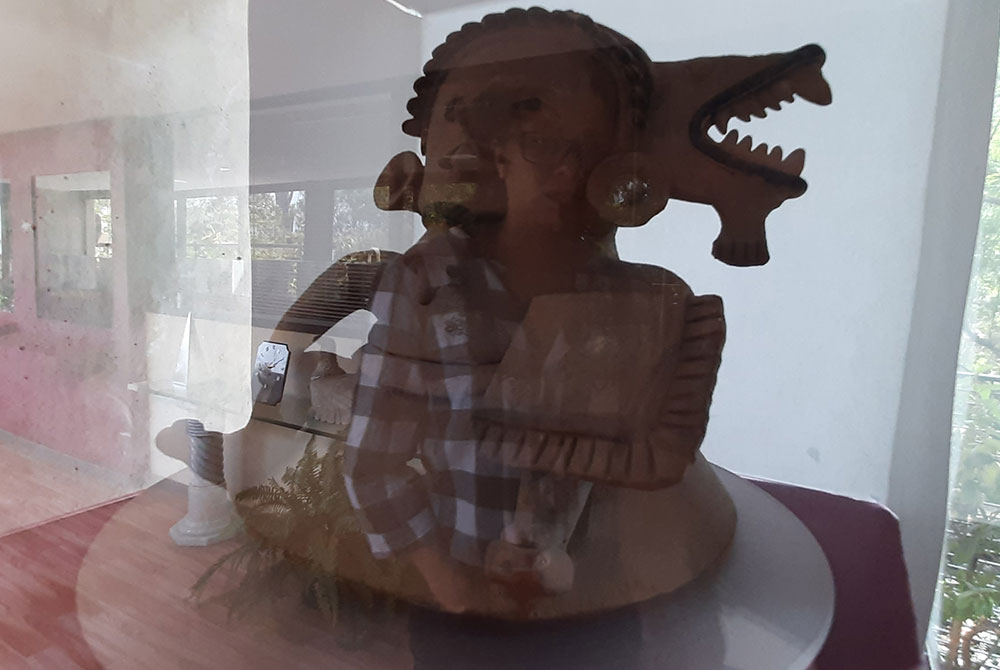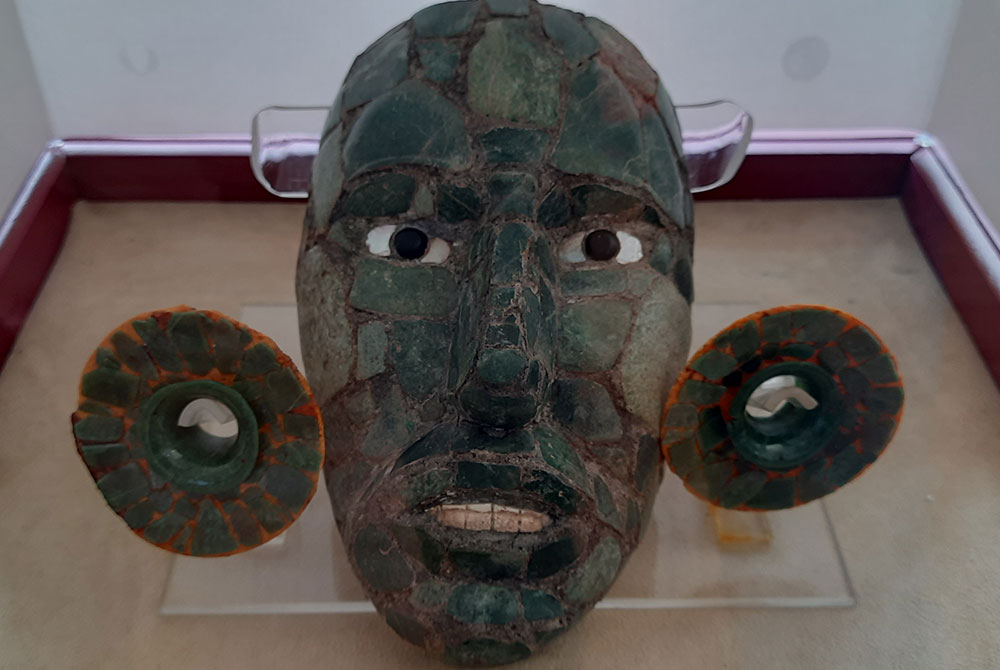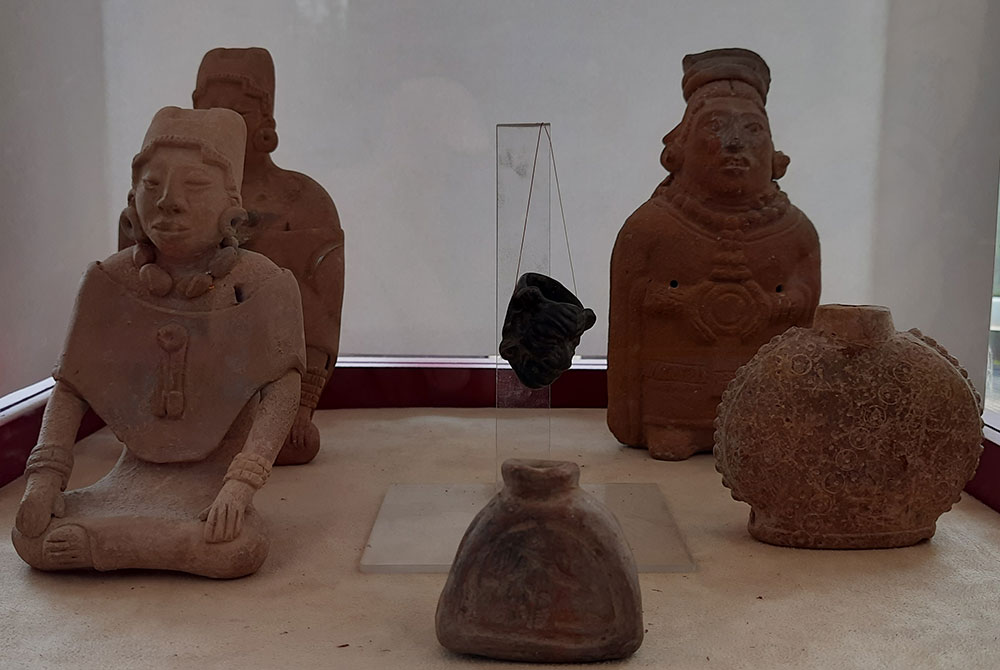The collection in charge of the Armella Spitalier Cultural Foundation is registered under the corresponding regulations before the National Institute of Anthropology and History, with the mission to safeguard, preserve and disseminate the Mesoamerican past, the FCAS has been, since its creation, a sentinel that seeks to monitor the heritage of Mexicans through the recovery, restoration and dissemination of archaeological pieces made by all those cultures that developed in what is now our national territory.
The collection amounts to more than 13,000 pieces of different cultures and temporalities, these images are a small sample of the elements kept in our institution. If you are interested in the complete catalog of the collection, please contact us.


